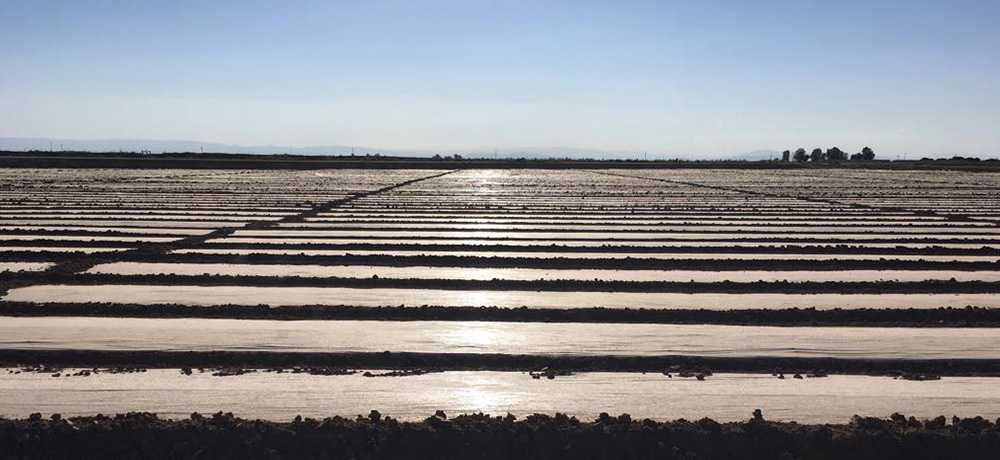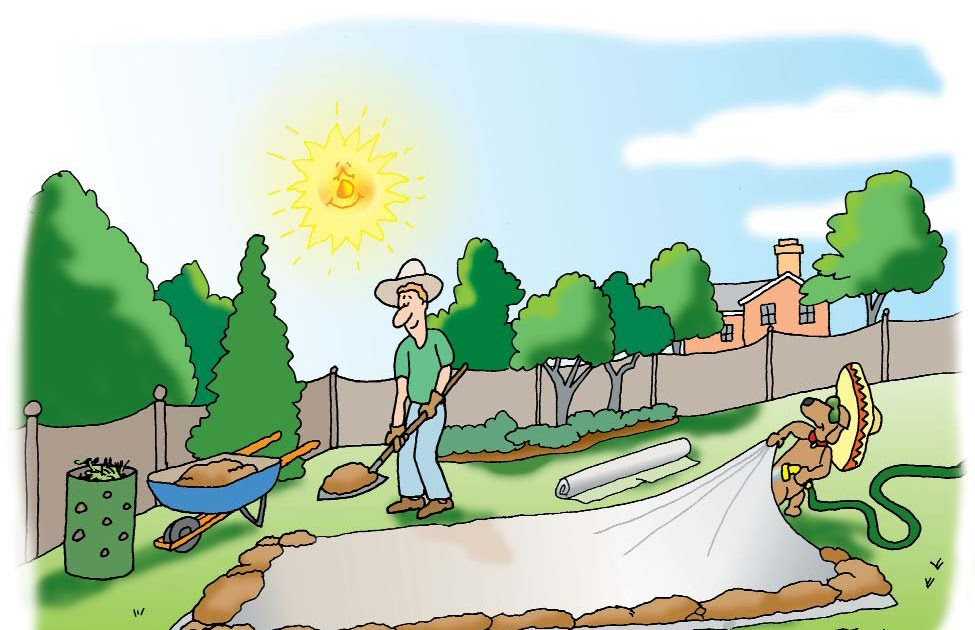Our order system will close earlier for next Monday’s deliveries.
Due to the upcoming Tisha B’Av fast on Sunday, the order system for next Monday’s deliveries will close this Thursday, August 8th at 10:00 PM.
Thank you for your cooperation.
____________________________________________________________________

Last week I mentioned that we covered the ground in the growth tunnels with plastic in order to carry out “soil solarization.” This Newsletter is dedicated to a full explanation of this fascinating procedure.
Why should we disinfect the farmland to begin with? For the same reason we wash our hands with water and soap – to prevent the transfer of and infection from viruses, fungus and germs. Pathogens exist in the ground as well, and they stress and harm the plants. One of the most infamous is the fungus that caused the Irish potato blight of 1845, devastating the crops and bringing on the greatest famine in Ireland’s history. Some one million people died of hunger, and a similar quantity emigrated to the U.S. Here at Chubeza, we meet soil-borne diseases every year. Fortunately, they are not on a large scale, and of course, they do not cause disasters of Irish potato-famine proportions. Sometimes the problem is manifested by non-uniform growth in the bed – some parts of the bed have hearty plants, while in other sections the growth is sparse. In such cases, we attempt to regain soil balance and renew the helpful organisms within by disinfecting the soil.
Soil solarization means taking a preemptive step. The idea is to cleanse the earth of pathogens before seeding, in order to prevent attacks on the plant. There are several methods to sanitize the earth. The first, developed at the end of the 19th century by German researchers, is to heat up the earth and disinfect it using steam. Subsequently, a chemical method was developed in which the earth is cleansed by volatile chemicals, particularly the strong, familiar (and extremely toxic) methyl bromide. Chemical fumigation was very popular and common in large agricultural settings, where it seemed essential and irreplaceable.
But chemical soil fumigation is also very problematic, to say the least. The immediate problem is clear: these chemicals are extremely toxic to humans, animals, insects and earth. Methyl bromide also injures the ozone layer and is therefore forbidden. But chemical fumigation has other disadvantages as well: unfortunately, the disinfectants are not so picky about who and what they disinfect. They frequently harm the beneficial natural enemies together with the pathogens, thus destroying the earth’s positive micro bacterial texture and violating the soil’s biological balance. The result is an ecological blight to the earth and the environment. Upsetting the balance can be a double-edged sword: the moment the “good soldiers” are destroyed, the earth and plants no longer have any protection against diseases or pests which swoop in after the disinfection.
In 1976, an alternative method was developed by Professor Ya’akov Katan and his colleagues: disinfection by heating the earth via solar rays. The idea is that the ground will reach a sufficiently high temperature to kill disease-causing organisms and cleanse the earth of future ills. Weed seeds are also destroyed by the heat, which is why this method can be used successfully to rid an area loaded with weed seeds, and start off “on the right foot” with fewer weeds-in-the-making.
Soil solarization is gentler towards the biological processes conducted within the soil. Research has shown that the temperatures reached by the earth (40-45 degrees Celsius) do not destroy all the pathogens and certainly do not kill the earth’s biological activity. Another development of the method, where compost is dug into the earth prior to the solarization, contributes to the increase of the microbial activity.

How is soil solarization conducted?
- Wait for the right season, i.e., summertime (July and August). Prepare the earth as you would prepare it for seeding and planting: clean remnants of previous plants, loosen the earth and add compost; form beds.
- Water the ground, usually with sprinklers. The moisture conducts the heat deeper and encourages biological activity. The earth should be saturated to a depth of 70 centimeters.
- After the earth is sufficiently wet, cover it with a clear plastic sheet to heat it up. This should be done very early in the morning, when there is no breeze and it is not too hot, and we are as patient and precise as possible. The sheet is pulled and stretched across the earth, then sealed by dirt along the sides to create a vacuum.
- Then wait. It is recommended to keep the sheet cover over the earth for four to six weeks.
During this time, the earth heats up slightly more than the outside temperature, and strong gases accumulate within the vacuum under the cover. These materials are naturally secreted from the compost mixed into the soil, but thanks to the cover they do not evaporate. Instead, they convene in the earth at higher levels than usual, leading to an extermination of pathogens. The result is a weakening of the pathogens, and an induction of “soil resistance”- basically bolstering the earth’s immune system. Unlike other disinfections, no “biological void” is created with soil solarization, nor is the biological balance violated within earth. Of course, there is shock and a change from the previous condition. Instead, a different microbial deployment occurs in the earth, one that is still rather balanced.

Our first attempt at soil solarization eight years ago did not fare well. After the first week of covered soil, we discovered that Noah, our good- hearted but frisky dog, had decided to use the covered plot as his very own running course, and his paws had neatly punctured the plastic along the beds… Needless to say, we were deeply disappointed. However, more successful attempts followed, and this is now the third year we are disinfecting our growth houses by soil solarization. We reuse the plastic from the tunnel roofs, even though it has lost its crystal-clear transparency through use. We still prefer to recycle the plastic, even if the highest temperatures cannot be reached in the process of disinfection.
At the end of the process, we remove the plastic sheets, give the earth a bit of time to recuperate, and let its positive microorganisms return to operation. Then it’s time to begin autumn seeding and planting. (Yes! There is an autumn on the horizon.) We shall report our progress in the near future.
May we enjoy a good week, filled with sun and breezes!
Alon, Bat Ami, Dror, Orin and Yochai and the Chubeza team
________________________________________________________
WHAT’S IN THIS WEEK’S BOXES?
Monday: Amoro pumpkin, lettuce, corn, eggplant, cucumbers, tomatoes, Thai yard-long beans, Napolitana pumpkin/butternut squash, parsley/coriander, cherry tomatoes, bell peppers/zucchini.
Large box, in addition: Onions/scallions, New Zealand spinach, okra.
ALL FRUIT BOXES: Sabres, mango, apples. Small boxes also: Bananas. Large boxes also: Plums
Wednesday: Lettuce, corn, eggplant/potatoes, cucumbers, tomatoes, Thai yard-long beans, Napolitana pumpkin, parsley/coriander, cherry tomatoes, bell peppers, okra/zucchini.
Large box, in addition: Onions/scallions, New Zealand spinach, Amoro pumpkin/butternut squash.
ALL FRUIT BOXES: Plums, grapes, apples Small boxes also: Bananas. Large boxesalso: Sabres
